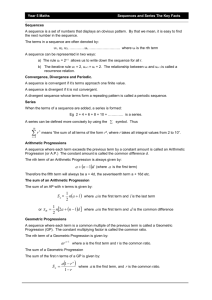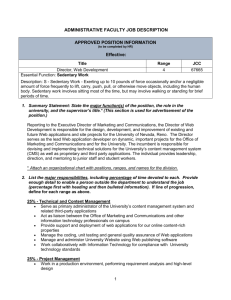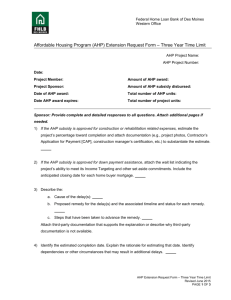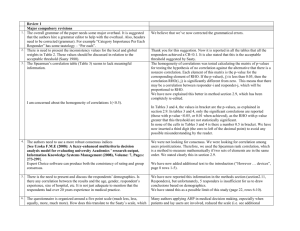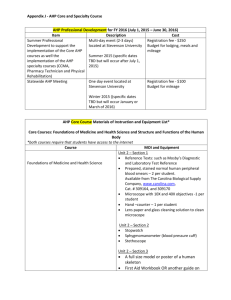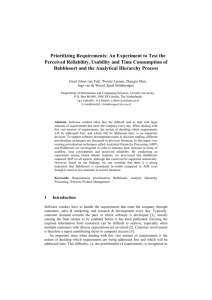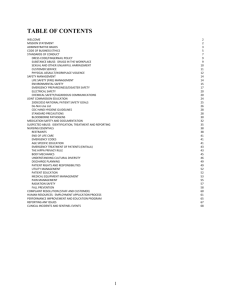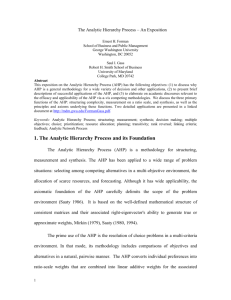Author final version (postprint)
advertisement
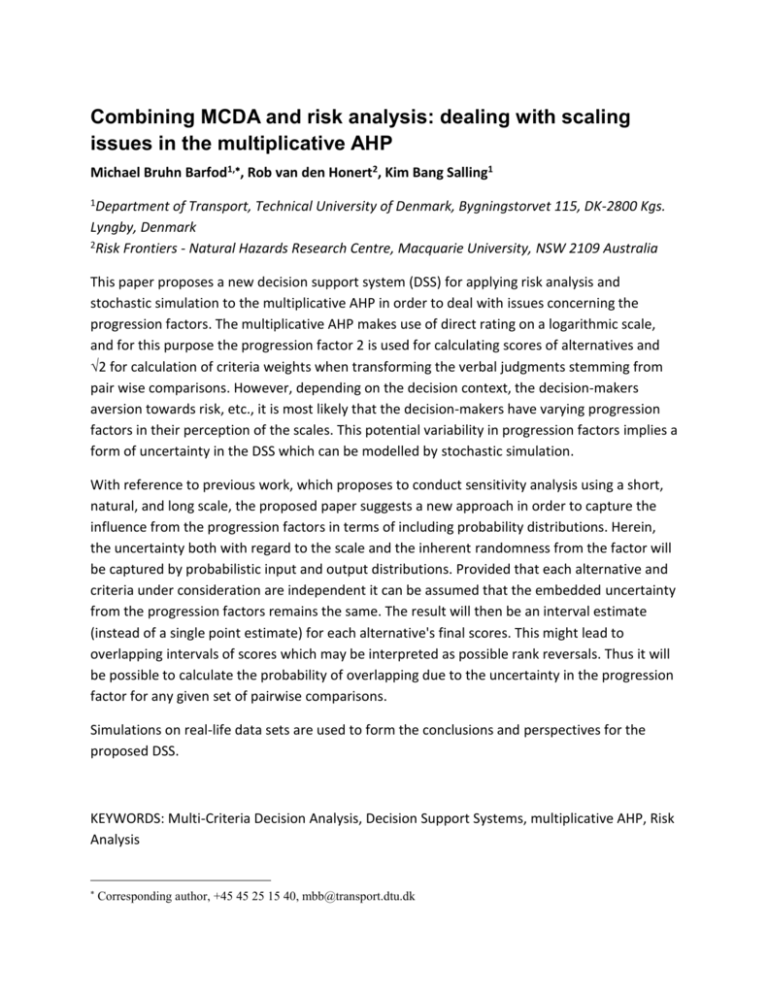
Combining MCDA and risk analysis: dealing with scaling issues in the multiplicative AHP Michael Bruhn Barfod1,, Rob van den Honert2, Kim Bang Salling1 1Department of Transport, Technical University of Denmark, Bygningstorvet 115, DK-2800 Kgs. Lyngby, Denmark 2Risk Frontiers - Natural Hazards Research Centre, Macquarie University, NSW 2109 Australia This paper proposes a new decision support system (DSS) for applying risk analysis and stochastic simulation to the multiplicative AHP in order to deal with issues concerning the progression factors. The multiplicative AHP makes use of direct rating on a logarithmic scale, and for this purpose the progression factor 2 is used for calculating scores of alternatives and √2 for calculation of criteria weights when transforming the verbal judgments stemming from pair wise comparisons. However, depending on the decision context, the decision-makers aversion towards risk, etc., it is most likely that the decision-makers have varying progression factors in their perception of the scales. This potential variability in progression factors implies a form of uncertainty in the DSS which can be modelled by stochastic simulation. With reference to previous work, which proposes to conduct sensitivity analysis using a short, natural, and long scale, the proposed paper suggests a new approach in order to capture the influence from the progression factors in terms of including probability distributions. Herein, the uncertainty both with regard to the scale and the inherent randomness from the factor will be captured by probabilistic input and output distributions. Provided that each alternative and criteria under consideration are independent it can be assumed that the embedded uncertainty from the progression factors remains the same. The result will then be an interval estimate (instead of a single point estimate) for each alternative's final scores. This might lead to overlapping intervals of scores which may be interpreted as possible rank reversals. Thus it will be possible to calculate the probability of overlapping due to the uncertainty in the progression factor for any given set of pairwise comparisons. Simulations on real-life data sets are used to form the conclusions and perspectives for the proposed DSS. KEYWORDS: Multi-Criteria Decision Analysis, Decision Support Systems, multiplicative AHP, Risk Analysis Corresponding author, +45 45 25 15 40, mbb@transport.dtu.dk


